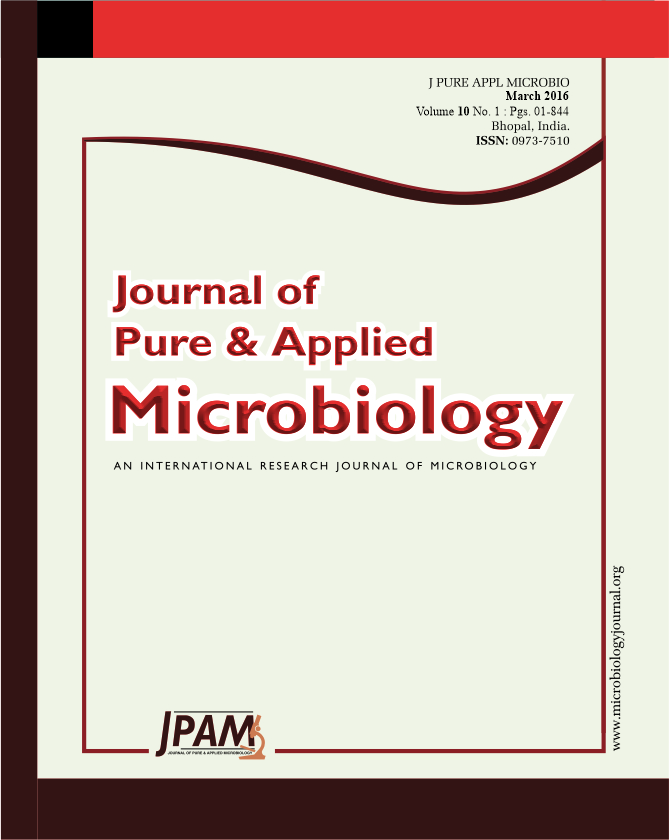Brown spot of paddy is prevalent in all the rice growing countries of the world and most of the cultivars grown are susceptible to this pathogen. Though the disease is considered to be minor one, it is increasingly posing a serious emerging threat. A field experiment on management of brown spot of paddy was carried out in two consecutive Kharif seasons (2012,2013) on two aromatic rice varieties Pusa Sugandh-4 and Pusa Sugandh-5 in hot spot area for brown spot disease at IARI Regional Station Pusa (Bihar). Eleven different treatment combinations involving combination of fungicides and bioagent were used in this experiment. The approach of seed treatment, seedling dip and foliar spray alone and in combination was tried against brown spot of paddy. The disease data was recorded in three stages for disease rating using SES of IRRI. T8, Seed treatment with Carboxin 37.5% and Thiram 37.5% WS @2.5 gm kg-1 seed and Seedling dip in suspension of Pseudomonas flourescens @ 10gm/ litre followed by two sprays of Propiconazole 25% EC @0.1% at 45 days and 60 days after transplanting gave best result. Minimum disease severity and maximum yield was observed under this treatment combination. As far as only seed treatment is concerned a fungicidal combination of Carboxin 37.5% and Thiram 37.5% WS @2.5 gm kg-1 seed was found superior than other seed treated plots. An yield advantage of 13.6 q/ha in Pusa sugandh-4 and 22 q/ha in Pusa Sugandh-5 has been observed over control. The increased incidence of this disease in recent years and lack of information about suitable management strategies based on field observations are the key drivers in formulation of this experiment.
Oryza sativa, Pseudomonas flourescens, Brown spot disease, Fungicides.
© The Author(s) 2016. Open Access. This article is distributed under the terms of the Creative Commons Attribution 4.0 International License which permits unrestricted use, sharing, distribution, and reproduction in any medium, provided you give appropriate credit to the original author(s) and the source, provide a link to the Creative Commons license, and indicate if changes were made.


